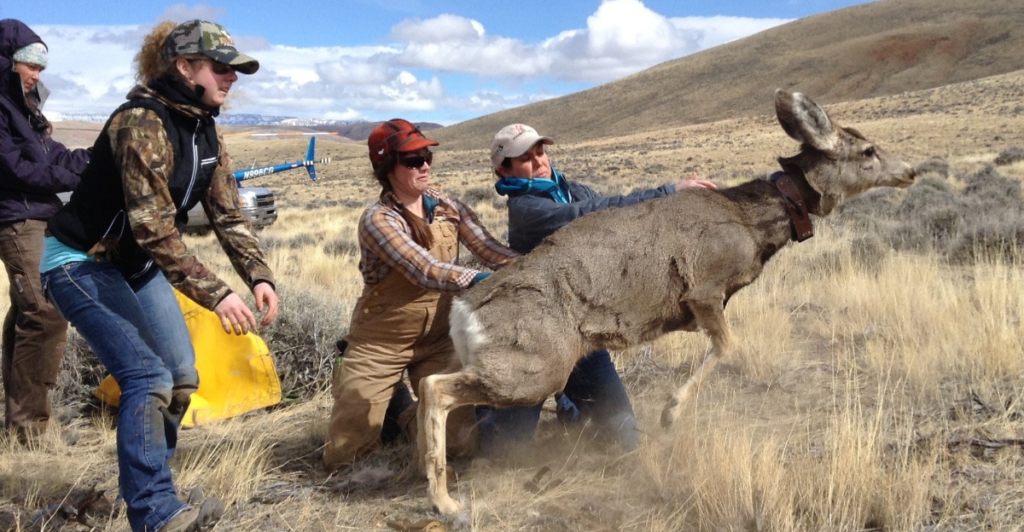
Amid the changing federal environmental policies, land conservation is moving into the hands of local communities, which are more than prepared to foster conservation when it is needed. Grassroots initiatives are vital in protecting local ecosystems and balancing biodiversity. This has an effect on sustainable resource management and a brighter future for our planet. As environmental uncertainties arrive, these local efforts create a crucial buffer against policy-driven changes.
The Policy Shifts

The recent shifting of priorities in policies has created concerns among conservationists. Acts like withdrawing from the Paris Climate Agreement, cutting funds to clean energy projects, and rolling back other environmental regulations have all underscored the importance of direct involvement in local communities where land conservation is needed.
A Cut In Conservation Funding
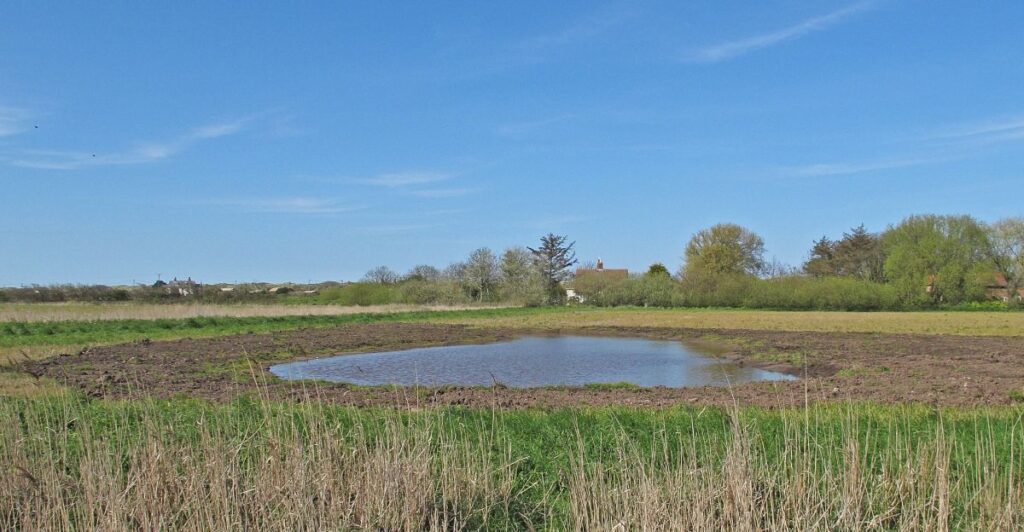
Many government-led conservation organizations saw huge funding cuts, which had a plethora of consequences. To start, over 1000 personnel hired by the Environmental Protection Agency are at risk of losing their jobs. These employees are important in studying and protecting ecosystems and habitats that are at risk.
Going Independent
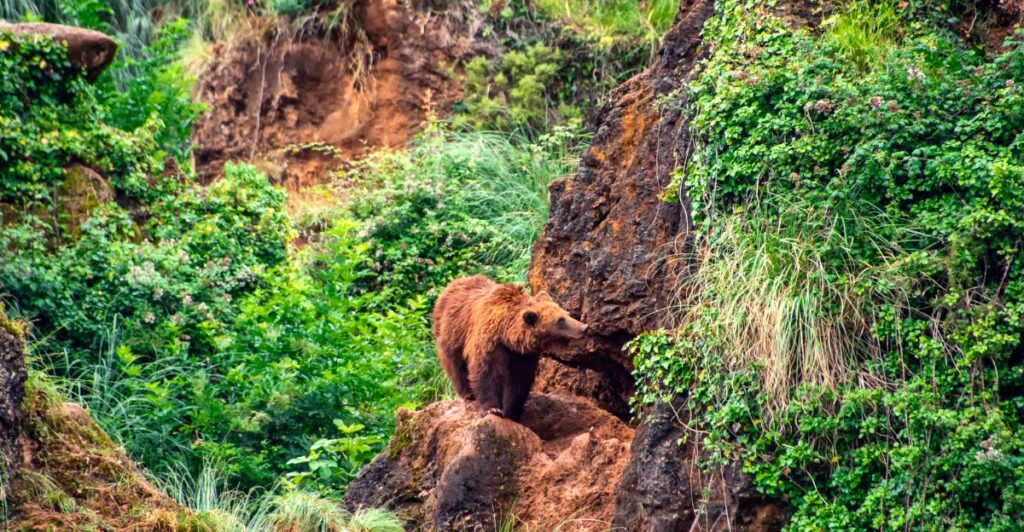
As many governmental legislations shift priorities and withdraw support from pro-environment initiatives, local, state, and non-governmental organizations will have to pick up the torch and bear the responsibility of land conservation amidst habitat loss due to rapid expansion.
Natural Land Being Lost
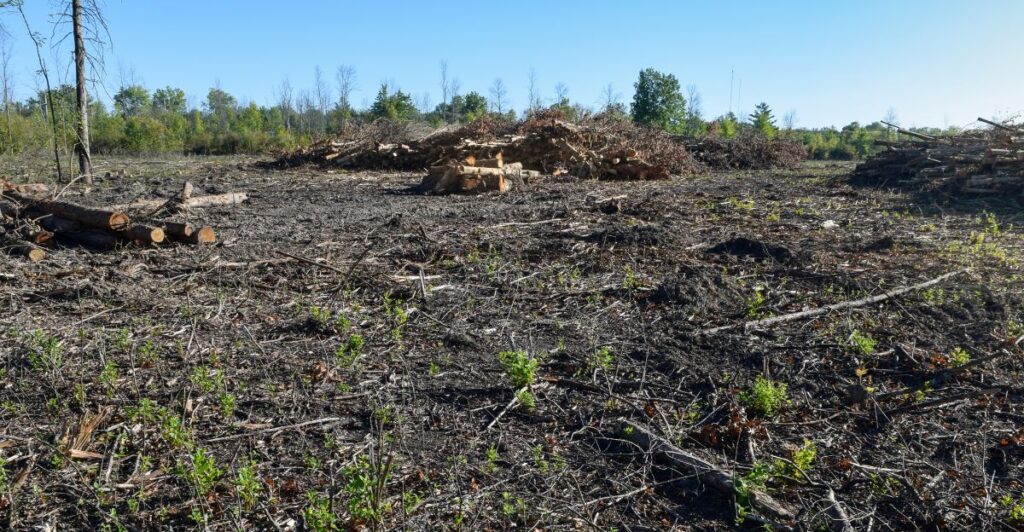
As industries rapidly expand across the United States’ natural landscapes, many habitats are being turned into urban or agricultural areas. More than half of the total land in the United States is used for Agriculture. This is to keep up with the expanding population that has more than doubled in the last 75 years.
Why Land Conservation Is Important
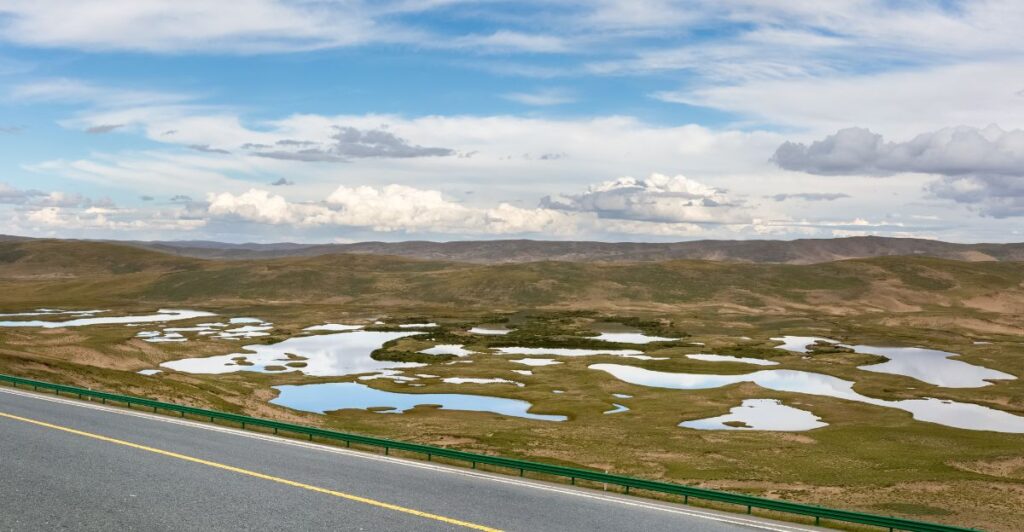
Land conservation is a crucial step in keeping many habitats and ecosystems risk free from pollutants, encroachment, and other factors that human expansion has. A study from 2023 suggests that 40 percent of ecosystems and animals are currently at risk. States, where expansion is the fastest, have the ecosystems with the highest risk.
Local Initiatives
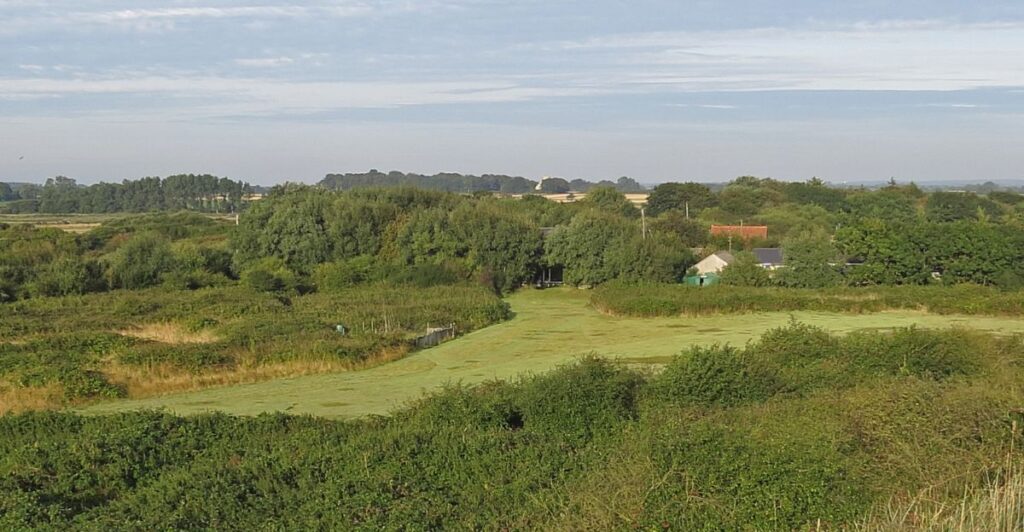
Many are stepping up as these legislative proposals arrive. Local communities, landowners, and land trusts are all getting involved in conservation efforts. Farmland preservation initiatives, as well as urban green spaces being created and habitats for endangered species being restored are all just minor parts people are having a direct hand in.
Conservation Easements

Targeted conservation can have a dramatic effect on habitats, farmland, and local ecosystems, just as local community efforts are proving. Conservation easement is vital in land conservation. This is a local and legal agreement between landowners and a land trust which limits the amount of development on properties that can protect important habitats.
Land Purchase
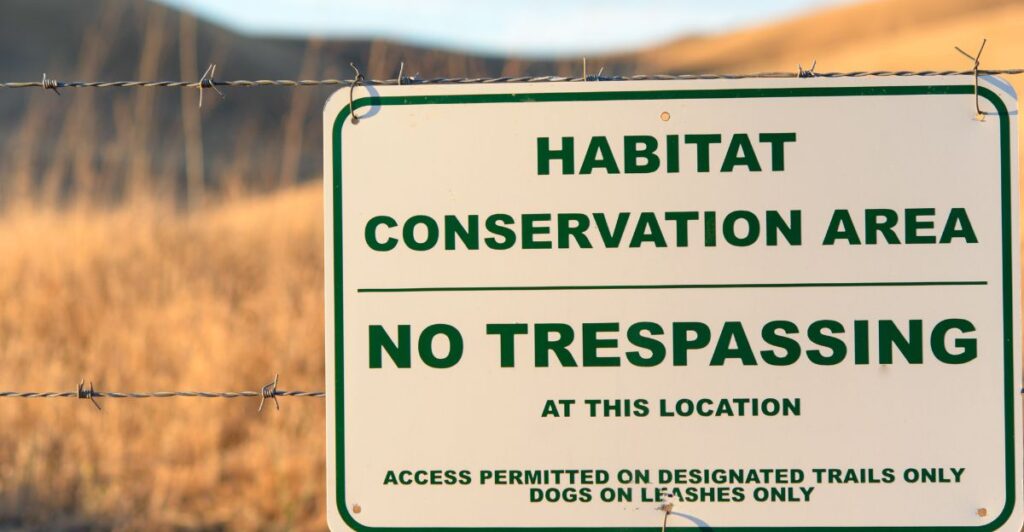
Another method, similar to conservations easements are the direct acquisition of land from a private landowner. The land trust will either purchase the land or it can be donated in the interest of local land conservation. These initiatives are funded through both local state organizations and NGOs.
Protected From Changes
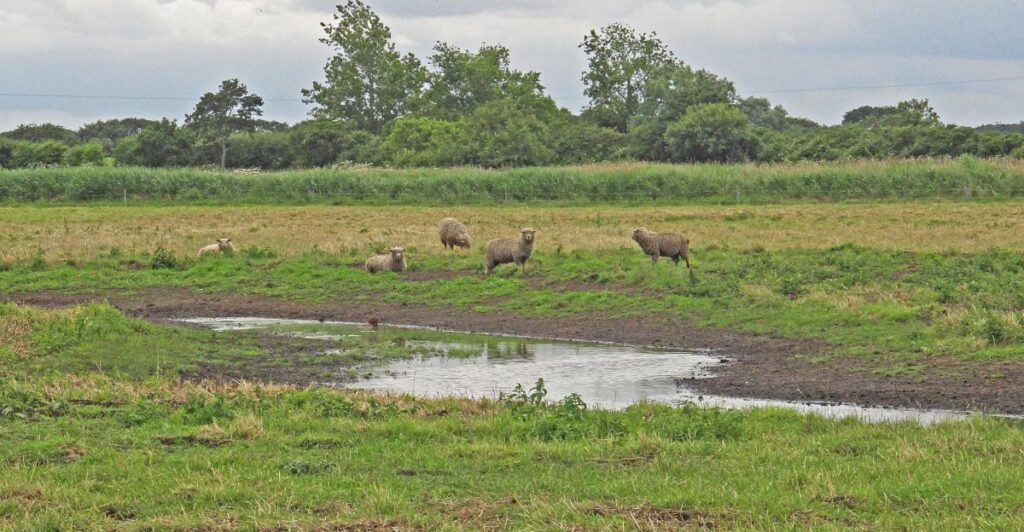
With both local communities, state organizations, and NGOs getting involved in land conservation independently from federal funding, this will protect these efforts from unexpected legislative changes in priorites, such as budget cuts or mass lay-offs.
A Hopeful Future
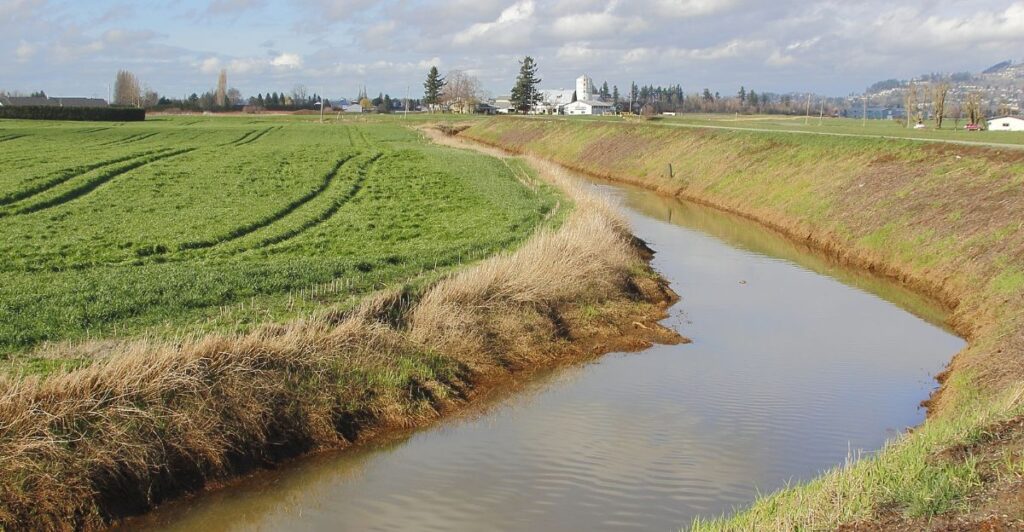
Amidst the uncertainty of federal reliance on environmental protection, local efforts in land conservation has offered a hopeful future for the protection of wildlife and ecosystems. These initiatives will hopefully create a more resilient and sustainable conservation method that cannot be undermined by legislative changes.
Explore more of our trending stories and hit Follow to keep them coming to your feed!

Don’t miss out on more stories like this! Hit the Follow button at the top of this article to stay updated with the latest news. Share your thoughts in the comments—we’d love to hear from you!







